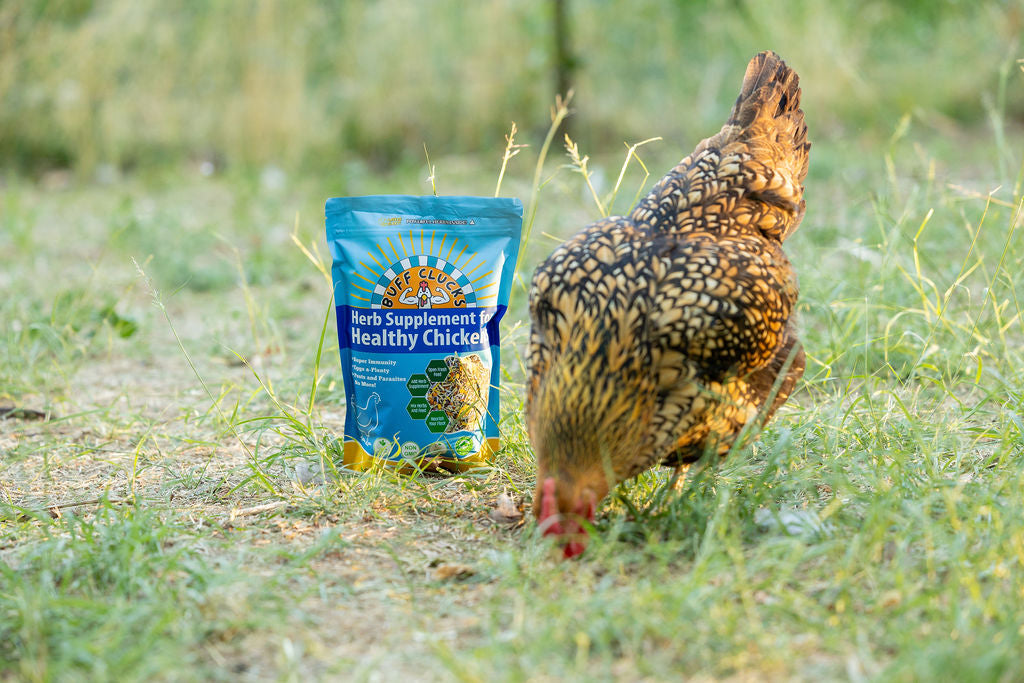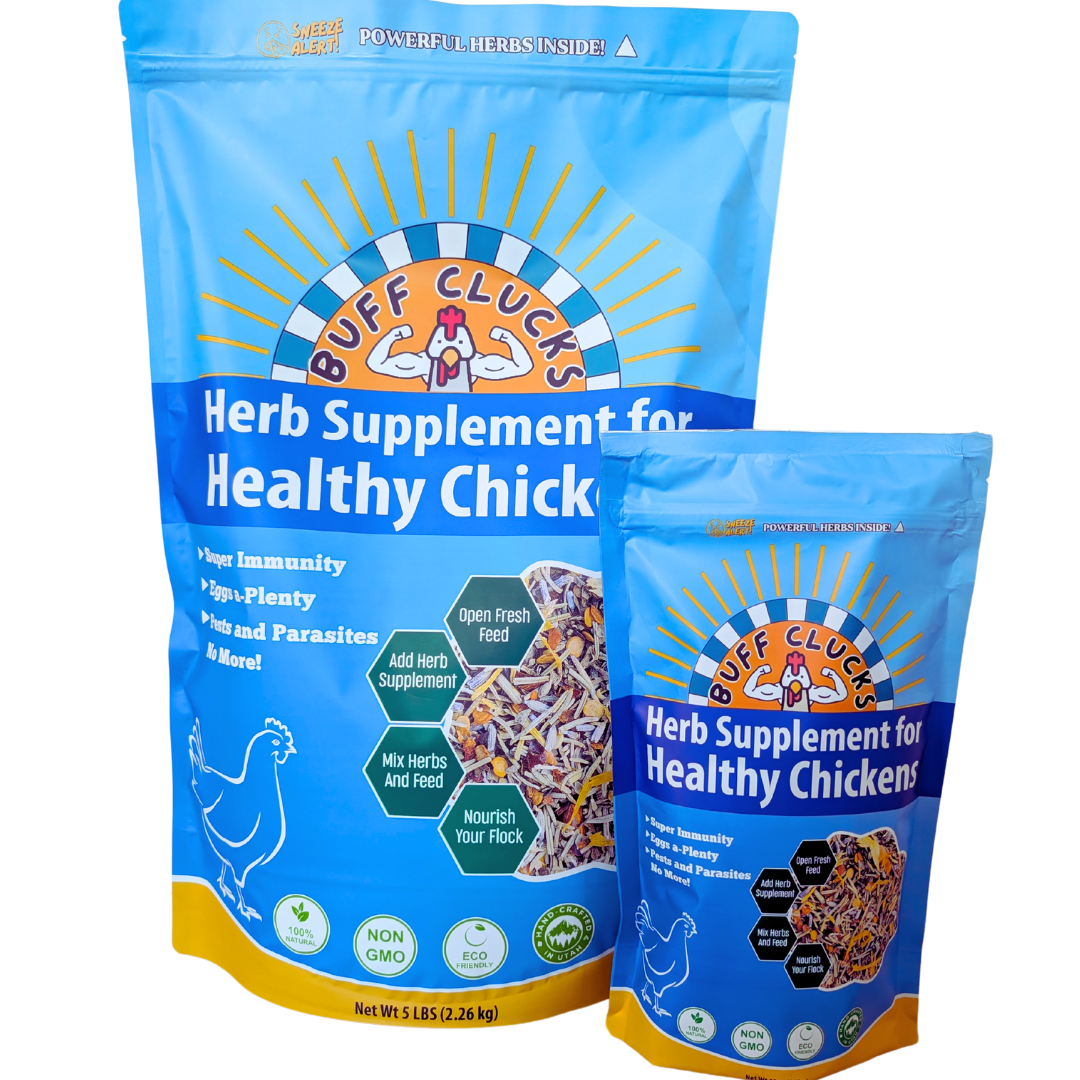50% OFF SITEWIDE
Upgrade your flock’s daily routine with natural herbs trusted by chicken keepers everywhere.

Your chickens deserve the penthouse suite of coops, not a damp dungeon of stink and sneezes, and while a swanky swing adds charm, the real luxury lies underfoot. Coop bedding might seem like background decor, but it plays a major role in your flock’s health, comfort, egg production, and even how often you gag while cleaning.
Let’s dig deep into the best chicken coop bedding, the “meh” options, and the downright dangerous stuff that should never set beak in your coop.
First, a few things the best chicken coop bedding absolutely must do:
When your bedding hits all these marks, you’ve got happy hens, clean eggs, and a much easier life. Now let’s get into the good, the great, and the stuff that needs to be yeeted straight into the compost pile.
These bedding types deserve a place on the nesting throne. Tried, tested, and cluck-approved.

This one’s got bedding swagger. Chopped straw or hemp is highly absorbent, low-dust, and naturally odor-controlling. Hemp especially has an impressive moisture-locking superpower that makes poop disappear into oblivion (okay not really, but close).
If you want to stretch your cleaning schedule and keep the coop fresher longer, hemp bedding is a top-tier pick.
Pine shavings are the old reliable. They’re affordable, easy to find, and work well in most climates.
Just steer clear of sawdust or super-fine shavings, which can turn into dust clouds that’ll make everyone sneeze, including you.
Clean construction-grade sand, think coarse river sand, not beach vibes, can work wonders in warmer, drier climates. It’s like a giant chicken litter box.
But sand needs good drainage underneath, or things turn swampy. Not ideal for rainy zones.

These options aren’t disasters, but they come with warnings. If you go this route, do it smart.
Cheap and eco-friendly, sure. But chickens will go full party mode and scatter it like confetti.
It’s fine in a pinch, but don’t rely on it for long-term bedding unless you’re into daily clean-ups.
If you’re into rustic backyard vibes, dried leaves or grass might seem like a good call, and they can work short-term.
But they mold fast when damp, so only use dried, clean clippings and refresh often. No one wants a fungal flop house.
Some bedding options look innocent but bring drama to the coop. Keep these out like yesterday’s expired scratch.
Sure, they smell amazing. But that lovely cedar aroma? It comes from aromatic oils that can irritate chicken lungs and cause long-term respiratory issues.
Toss that cedar-scented dream and go pine instead.
It clumps. It smells okay. But cat litter is a terrible bedding choice for chickens.
Leave it for the cats, not the clucks.

This one’s controversial. It looks similar to straw, but hay is higher in moisture and much more likely to mold quickly, especially in a warm coop.
If you’ve got a haystack, let the goats enjoy it. The hens need cleaner digs.
Even the best chicken coop bedding needs maintenance. How often you swap it depends on:
As a general rule, light bedding like shavings should be spot cleaned weekly, with a full change every two to four weeks. If you’re using the deep litter method with hemp or straw, give it a good stir each week and plan on a full refresh every few months. Sand works a bit differently; scoop it daily like you would a cat box, then rake and refresh it about once a month to keep things clean and comfy.
Don’t forget that clean bedding is just the beginning, a healthy coop needs a little extra support. Even top-tier materials like hemp or sand can’t fight moisture and odor alone. Over time, buildup happens, and that’s when things get funky fast.
CoopShield—Herbal Pest Defense for Chickens is the secret weapon your bedding didn’t know it needed. This powerhouse blend of food-grade diatomaceous earth and herbs works overtime under the surface to lock in freshness and kick pests to the curb. It absorbs moisture, neutralizes stink, and helps create a coop environment that’s clean, dry, and way less inviting to mites. When you lay down CoopShield, your bedding gets backup, and your flock gets the royal treatment.



Buff Clucks



















